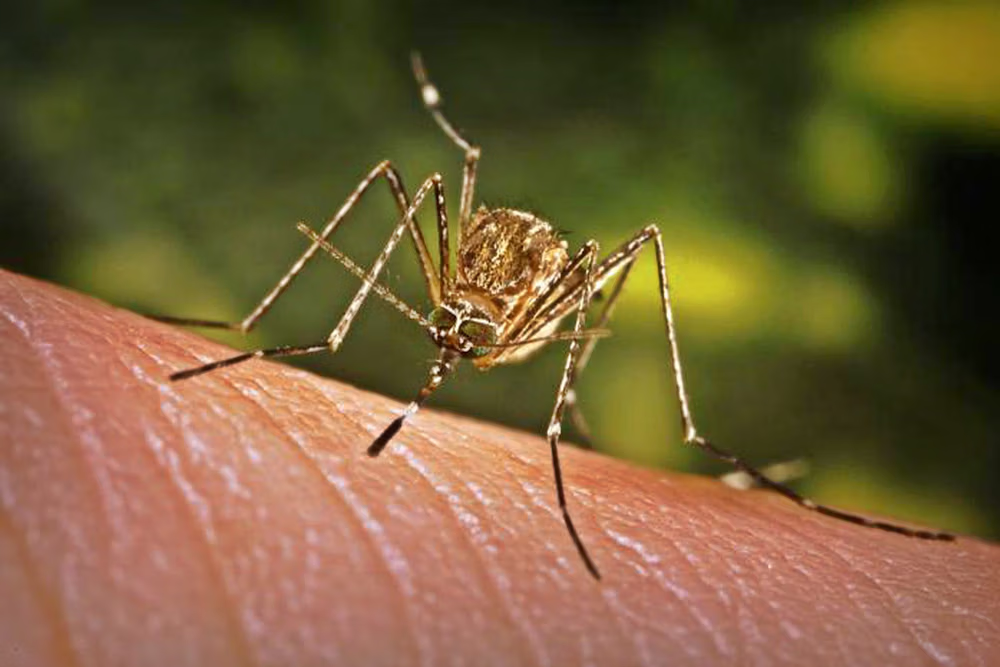Ho Chi Minh City, Vietnam’s southern economic hub, has recorded 7,398 cases of dengue fever from the beginning of 2025 to May 11, a 136 per cent increase compared to the same period in 2024, Vietnam News Agency reported Friday.
Experts warned that the dengue season has arrived earlier this year than usual and may carry a heightened risk of widespread outbreaks, according to the city’s Centre for Disease Control.
Ho Chi Minh City and other southern provinces have entered the rainy season, which typically marks the start of the annual rise in dengue infections.
Health authorities are urging residents to remain vigilant and take proactive steps to prevent the spread of the disease, said the centre.
Recommended measures include eliminating mosquito breeding sites by removing stagnant water, killing larvae, sleeping under mosquito nets and clearing water containers and drains.
Vietnam reported 24,900 dengue fever cases and three deaths in the first four months of 2025, according to the National Statistics Office, Xinhua news agency reported.
According to the World Health Organisation, dengue is a mosquito-borne viral infection common in warm, tropical climates. It is caused by any one of four closely related dengue viruses (called serotypes), which can lead to a broad spectrum of symptoms, including some that are extremely mild (unnoticeable) to those who may require medical intervention and hospitalisation. In severe cases, fatalities can occur. There is no treatment for the infection itself, but the symptoms that a patient experiences can be managed.
In 2023, the WHO graded dengue as a Grade 3 emergency after outbreaks increased in several countries. Dengue epidemics tend to have seasonal patterns, with transmission often peaking during and after rainy seasons. Several factors contribute to this increase, including high mosquito population levels, susceptibility to circulating serotypes, favourable air temperatures, precipitation and humidity, all of which affect the reproduction and feeding patterns of mosquito populations, as well as the dengue virus incubation period.
Unplanned urbanisation and climatic factors such as heat waves and high temperatures have increased the intensity, frequency, duration and distribution of dengue in recent years. Lack of sustained surveillance and control interventions, as well as staff shortage, are some of the other challenges. The absence of an integrated programmatic approach continues to affect countries.
(IANS)





